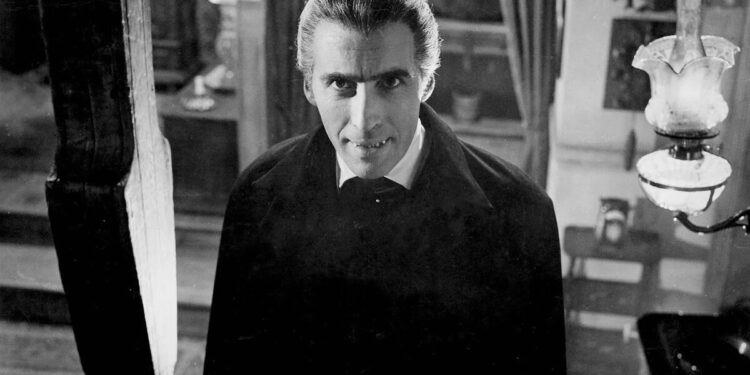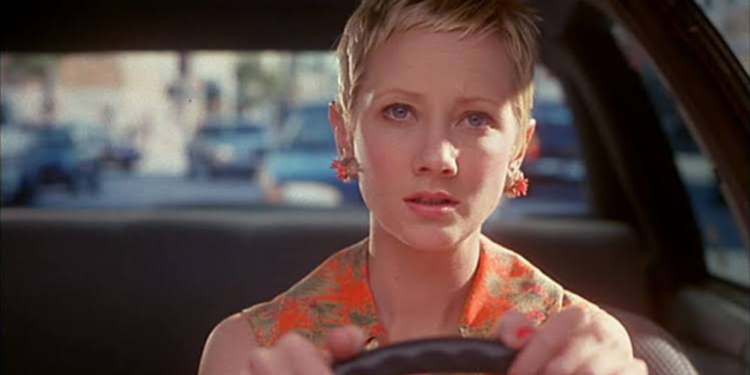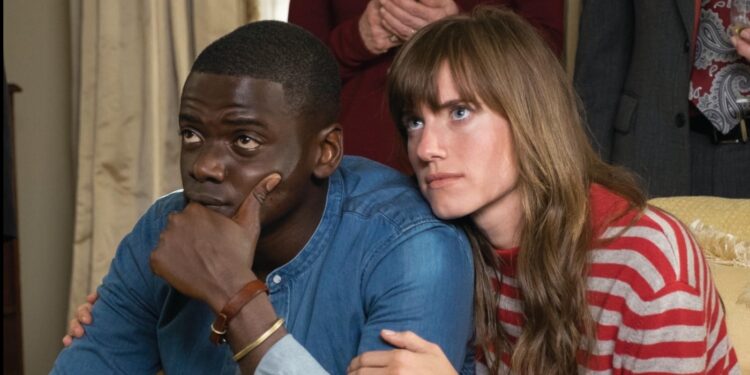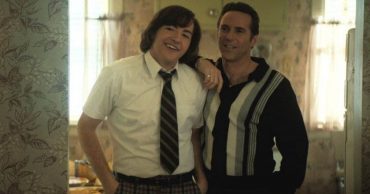Gore and horror are synonymous with one another. Sure, not every horror film has buckets of blood being showcased onscreen. However, if you’re watching a horror film, there’s a good chance of blood being spilled at some point. In the modern age, though, it does appear that gore is present in horror films more than ever. Granted, the genre of torture porn has been buried for some time now, but bloody kills are usually what audiences love about horror films.
So, does that mean extreme gore makes a horror movie better? Of course, it’s obvious that storytelling is the main ingredient necessary to make a good film. But there are also other components that make any film great. Would Saw still be a great movie with all the blood and traps? Would Final Destination still be a memorable franchise if the camera cut seconds before the grisly deaths? Perhaps it’s possible that horror films are enhanced by death and gore.
The Early Days Of Hollywood Are Long Gone

The Hays Code put a seal on any filmmaker who wanted to display anything graphic or gory onscreen. Though the code disappeared in the late 60s, there still wasn’t much in the way of gore because it was a sensitive subject. Horror wasn’t as mainstream as it is today. However, there were classics like Intolerance, The Curse of Frankenstein, and Horror of Dracula. Those aren’t at the level of what violence is today.
Hollywood was still trying to find its groove at the time. The era of film noir was disappearing, and so were Westerns. That doesn’t mean that movies were lost during this period. It was more so the fact that films, in general, didn’t truly understand how far they could push the boundaries of filmmaking. However, that all changed when the ’70s rolled around.
Slashers Changed The Game

When you think about early slashers, Halloween or Psycho are consistently brought up. Black Christmas is cited as the first slasher. The Christmas-themed horror film wasn’t as popular as Halloween, though it truly did push the limits of what audiences could take. Even when you look at films such as the ones listed above or Texas Chainsaw Massacre (TCM), they’re still tame by today’s standards.
That’s because the story triumphs over the need to overstuff the film with needless gore. Halloween, TCM, or Psycho aren’t defined by their gore. These are character-driven stories that brought to life three iconic villains. Halloween has little character development, but Michael Myers, this embodiment of evil, was a great source of topic that really made the film such an unforgettable treat.
We know next to nothing about Michael, and he’s nearly invincible in these films. The true scares don’t come from the films themselves but from the notion that there’s no light at the end of the tunnel. Psycho is a case study on mental illness, and Alfred Hitchcock strayed away from the stereotypical “final girl” because it was never her story to begin with. TCM was about a family — who happened to be a bunch of cannibalistic lunatics who has a cousin with a big chainsaw. These may have been slasher films, but the purpose wasn’t to shock you with its huge amount of gore.
The Modern Horror Tends To Rely On Gore More Often Than Not

Gore isn’t just present in slashers anymore. In fact, it’s quite rare to get a horror film that doesn’t contain a huge amount of blood. The days of Rosemary’s Baby, The Ring, or The Blair Witch Project are long gone. When it comes to gore, it does add some personality to the right films. Saw wouldn’t be Saw without the torture traps. Final Destination would be bland if we didn’t see the actual deaths in the series. Those movies are defined by their creative kills.
Even films like Get Out or Midsommar use blood when necessary. Granted, those films would’ve been fine without the gore because the story being told is so captivating. But the gore doesn’t add a sense of realism and “horror” to the world that’s being presented. Death and blood are synonymous with horror. Without death, the journey would stale because there are no consequences to what’s happening onscreen. We’re humans, so naturally, bleeding is an important part of our anatomy as well.
Gore does enhance horror films, but there are times went it can be too much. Horror doesn’t NEED extreme amounts of gore. That’s been showcased through numerous horror films of the past. However, in today’s modern age, perhaps the need for buckets of blood is the only reason the horror genre continues to thrive.
 Follow Us
Follow Us





